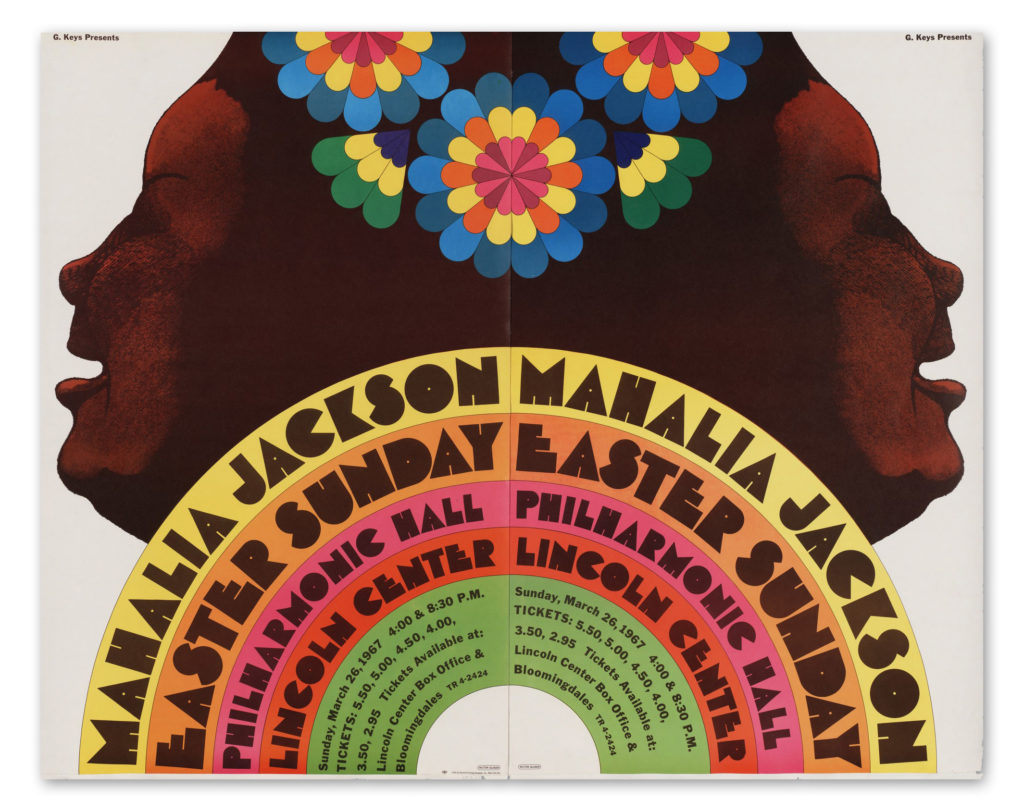
Those of us who are concerned about climate change finally have a slogan and graphic identity to rally around, thanks to design legend Milton Glaser.
The campaign’s slogan — “It’s Not Warming, It’s Dying” — doesn’t mince words about what’s ultimately at stake for the earth if we don’t get a grip on global warming. Done in conjunction with New York’s School of Visual Arts (SVA), where Glaser is acting chairman and a faculty member, the campaign aims to spark action on climate change through the distribution of lapel buttons featuring a graphic symbol, designed by Glaser. The logo represents the earth as seen from outer space, with the lush green disappearing into an ominous black. To reinforce the sense of a dying planet, the green swath is printed in ghostly glow-in-the-dark ink. Like his iconic “I (heart) NY” image, Glaser’s climate change logo is powerful in its directness and simplicity.
SVA is spearheading this social awareness campaign by offering Glaser’s dying planet logo as a lapel button ($5 for 5 buttons) so wearers can visibly express their concern for the planet. Up until now, the global warming deniers have been the most vocal in expressing their views, while those who believe that the climate is changing have mostly relied on scientific papers, panels of experts citing data, and Power Point-laden documentaries (a la Al Gore) to present their reasoned arguments. It’s time to be seen. If enough people around the world are seen wearing Glaser’s button, politicians and policymakers cannot easily dismiss these constituents as a minority of alarmists.




